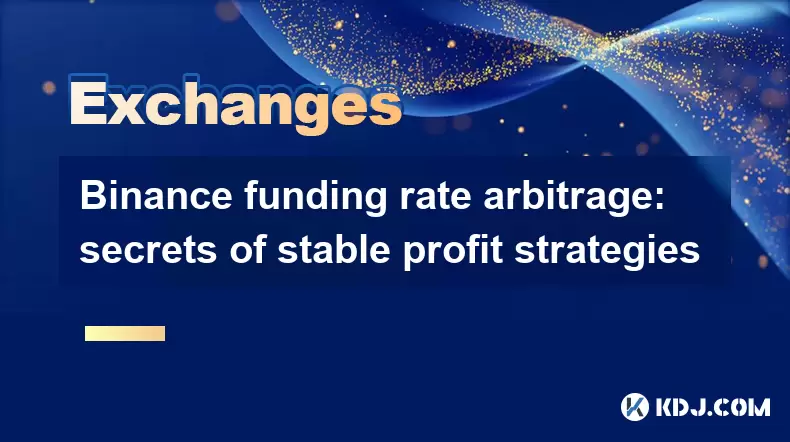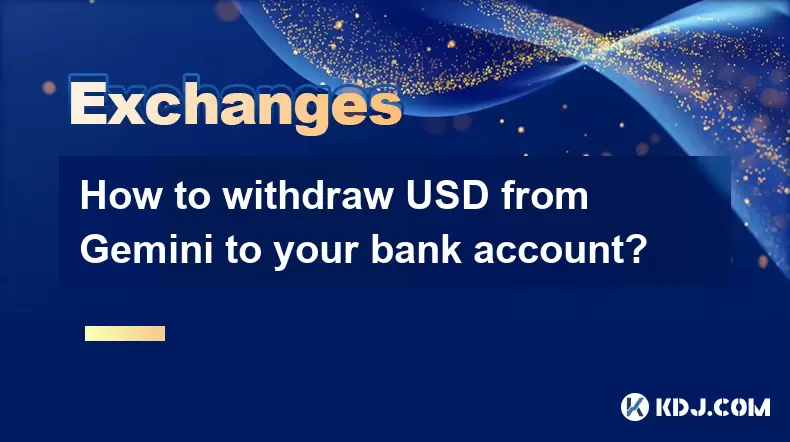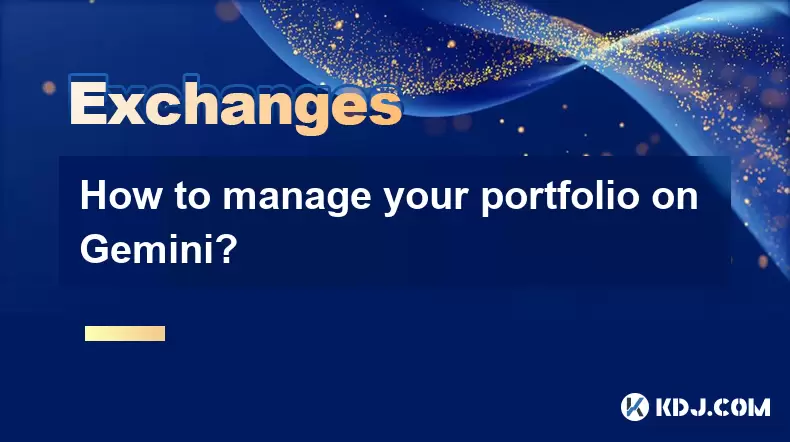-
 Bitcoin
Bitcoin $115000
0.12% -
 Ethereum
Ethereum $3701
4.50% -
 XRP
XRP $3.081
2.99% -
 Tether USDt
Tether USDt $0.0000
-0.01% -
 BNB
BNB $767.9
1.45% -
 Solana
Solana $169.5
3.13% -
 USDC
USDC $0.9999
0.01% -
 Dogecoin
Dogecoin $0.2106
4.30% -
 TRON
TRON $0.3334
1.62% -
 Cardano
Cardano $0.7564
2.54% -
 Stellar
Stellar $0.4165
0.76% -
 Hyperliquid
Hyperliquid $38.75
0.25% -
 Sui
Sui $3.593
3.00% -
 Chainlink
Chainlink $17.08
3.59% -
 Bitcoin Cash
Bitcoin Cash $573.6
4.35% -
 Hedera
Hedera $0.2508
-0.84% -
 Avalanche
Avalanche $23.07
6.46% -
 Ethena USDe
Ethena USDe $1.001
-0.02% -
 Litecoin
Litecoin $120.8
8.17% -
 UNUS SED LEO
UNUS SED LEO $8.943
-0.32% -
 Toncoin
Toncoin $3.400
-5.60% -
 Shiba Inu
Shiba Inu $0.00001255
1.54% -
 Uniswap
Uniswap $9.908
6.32% -
 Polkadot
Polkadot $3.718
2.10% -
 Monero
Monero $303.0
-0.74% -
 Dai
Dai $0.9999
-0.02% -
 Bitget Token
Bitget Token $4.392
0.91% -
 Cronos
Cronos $0.1403
6.31% -
 Pepe
Pepe $0.00001076
1.13% -
 Aave
Aave $267.2
1.80%
Binance funding rate arbitrage: secrets of stable profit strategies
Binance funding rate arbitrage lets traders earn passive income by hedging spot and futures positions to capture funding rate differences.
Jun 13, 2025 at 10:35 pm

Understanding Binance Funding Rate Arbitrage
Binance funding rate arbitrage is a trading strategy that exploits the differences in funding rates between perpetual futures contracts and spot markets. This technique allows traders to earn passive income without being exposed to significant directional price risks. The key lies in taking offsetting positions on both the perpetual futures and spot market, balancing the exposure while collecting the funding rate differential.
Funding rates are periodic payments made to either long or short traders based on whether the price of the perpetual contract is above or below the spot price. When these rates diverge significantly, an opportunity arises for arbitrageurs to lock in profits by maintaining a neutral position across both markets.
How Funding Rates Work on Binance
On Binance, funding rates are calculated every 8 hours and are paid to traders depending on their position. If the rate is positive, longs pay shorts; if negative, shorts pay longs. These rates fluctuate based on supply and demand dynamics in the perpetual futures market.
The formula used by Binance to calculate funding rates includes two components:
- Interest rate component: Based on the risk-free interest rate of the underlying asset.
- Premium component: Reflects the deviation of the perpetual contract price from the spot index price.
When the funding rate becomes significantly higher than usual, especially during high volatility or strong sentiment bias, arbitrage opportunities emerge. Traders can take advantage of this by entering into a hedged position across both spot and futures markets.
Setting Up the Arbitrage Trade
To execute Binance funding rate arbitrage, follow these steps:
- Open a perpetual futures position: Go long or short depending on the direction of the funding rate. For example, if the funding rate is highly positive, going short might yield regular income.
- Simultaneously open an opposite spot position: Buy or sell the same cryptocurrency on the spot market to hedge against price fluctuations.
- Ensure equal value: Match the size of your futures and spot positions so that any movement in the price cancels out across both markets.
- Monitor leverage usage: Avoid excessive leverage on the futures side to prevent liquidation risks.
- Check fees: Be aware of trading fees on both spot and futures markets as they can eat into your arbitrage profit margin.
By following these steps, you create a market-neutral position, allowing you to collect the funding rate without worrying about the underlying price movement.
Timing and Risk Management Considerations
Timing plays a crucial role in funding rate arbitrage. It's best to enter when the funding rate is at its peak—either highly positive or negative—and exit before it normalizes. Monitoring the historical funding rate chart on Binance helps identify favorable entry points.
Risk management involves:
- Using stop-loss orders: Not common in arbitrage but may be useful if something goes wrong with one leg of the trade.
- Avoiding slippage: Use limit orders when entering both spot and futures positions simultaneously.
- Accounting for liquidity: Ensure that both the spot and futures markets have enough liquidity to allow smooth entry and exit.
- Considering funding rate changes: Funding rates can change rapidly, so staying updated is essential.
Traders should also consider the impact of transaction costs, including maker/taker fees, which can vary between different pairs and account types.
Real-Time Example of Funding Rate Arbitrage on Binance
Let’s assume BTC/USDT perpetual contract has a funding rate of +0.1%, which is higher than average. Here’s how a trader could set up the arbitrage:
- Short 1 BTC on the perpetual futures market.
- Buy 1 BTC on the spot market using USDT.
- Every 8 hours, the trader receives 0.1% of 1 BTC as funding payment because the rate is positive.
- Any price movement in BTC affects both positions equally but in opposite directions, resulting in zero net exposure.
- Over time, the accumulated funding payments result in stable profit.
This strategy works best during periods of high volatility or strong bullish/bearish sentiment, where funding rates deviate significantly from the norm.
It's important to note that this requires constant monitoring and precise execution to ensure that both legs of the trade remain balanced throughout the holding period.
Frequently Asked Questions (FAQ)
Q: Can I perform funding rate arbitrage with any cryptocurrency on Binance?
A: Yes, as long as the cryptocurrency has both a spot market and a perpetual futures contract available on Binance. Popular pairs include BTC, ETH, BNB, SOL, and others with sufficient liquidity.
Q: How often are funding rates paid on Binance?
A: Funding rates are settled every 8 hours, typically at 00:00 UTC, 08:00 UTC, and 16:00 UTC. Missing a funding window means missing out on potential income.
Q: Is funding rate arbitrage risk-free?
A: While the price risk is hedged, there are still operational risks such as slippage, exchange downtime, and mismatched order execution. Proper planning and execution discipline are required to minimize these risks.
Q: Do I need a large capital base to start funding rate arbitrage?
A: No, you can start with small amounts. However, due to transaction fees and minimum position sizes, it's generally more efficient to operate with larger positions to make the arbitrage worthwhile.
Disclaimer:info@kdj.com
The information provided is not trading advice. kdj.com does not assume any responsibility for any investments made based on the information provided in this article. Cryptocurrencies are highly volatile and it is highly recommended that you invest with caution after thorough research!
If you believe that the content used on this website infringes your copyright, please contact us immediately (info@kdj.com) and we will delete it promptly.
- Velo Universe, DEX, and DeFi Security: Navigating the Future of Decentralized Trading
- 2025-08-05 09:25:13
- Bitget Wallet Revolutionizes Solana with Gas-Free Transactions: A New Era for DeFi
- 2025-08-05 09:25:13
- Ozak AI, Crypto Boom, and ROI Potential: Is This the Next Big Thing?
- 2025-08-05 09:25:24
- Solana's ETF Hopes & the All-Time High Chase: Is SOL Set to Soar?
- 2025-08-05 09:25:24
- Coinbase's Brian Armstrong and the Art of Focused Work: A Deep Dive
- 2025-08-05 09:25:30
- Uniswap Price Prediction: Bullish Reversal on the Horizon?
- 2025-08-05 09:25:30
Related knowledge

How to set and manage alerts on the Gemini app?
Aug 03,2025 at 11:00am
Understanding the Gemini App Alert SystemThe Gemini app offers users a powerful way to stay informed about their cryptocurrency holdings, price moveme...

How to use the Gemini mobile app to trade on the go?
Aug 04,2025 at 09:14am
Setting Up the Gemini Mobile AppTo begin trading on the go using the Gemini mobile app, the first step is installing the application on your smartphon...

What to do if you forgot your Gemini password?
Aug 04,2025 at 03:42am
Understanding the Role of Passwords in Gemini AccountsWhen using Gemini, a regulated cryptocurrency exchange platform, your password serves as one of ...

What are the websocket feeds available from the Gemini API?
Aug 03,2025 at 07:43pm
Overview of Gemini WebSocket FeedsThe Gemini API provides real-time market data through its WebSocket feeds, enabling developers and traders to receiv...

How to withdraw USD from Gemini to your bank account?
Aug 04,2025 at 11:01am
Understanding Gemini and USD WithdrawalsGemini is a regulated cryptocurrency exchange platform that allows users to buy, sell, trade, and store digita...

How to manage your portfolio on Gemini?
Aug 03,2025 at 10:36am
Accessing Your Gemini Portfolio DashboardTo begin managing your portfolio on Gemini, you must first log in to your account through the official websit...

How to set and manage alerts on the Gemini app?
Aug 03,2025 at 11:00am
Understanding the Gemini App Alert SystemThe Gemini app offers users a powerful way to stay informed about their cryptocurrency holdings, price moveme...

How to use the Gemini mobile app to trade on the go?
Aug 04,2025 at 09:14am
Setting Up the Gemini Mobile AppTo begin trading on the go using the Gemini mobile app, the first step is installing the application on your smartphon...

What to do if you forgot your Gemini password?
Aug 04,2025 at 03:42am
Understanding the Role of Passwords in Gemini AccountsWhen using Gemini, a regulated cryptocurrency exchange platform, your password serves as one of ...

What are the websocket feeds available from the Gemini API?
Aug 03,2025 at 07:43pm
Overview of Gemini WebSocket FeedsThe Gemini API provides real-time market data through its WebSocket feeds, enabling developers and traders to receiv...

How to withdraw USD from Gemini to your bank account?
Aug 04,2025 at 11:01am
Understanding Gemini and USD WithdrawalsGemini is a regulated cryptocurrency exchange platform that allows users to buy, sell, trade, and store digita...

How to manage your portfolio on Gemini?
Aug 03,2025 at 10:36am
Accessing Your Gemini Portfolio DashboardTo begin managing your portfolio on Gemini, you must first log in to your account through the official websit...
See all articles

























































































